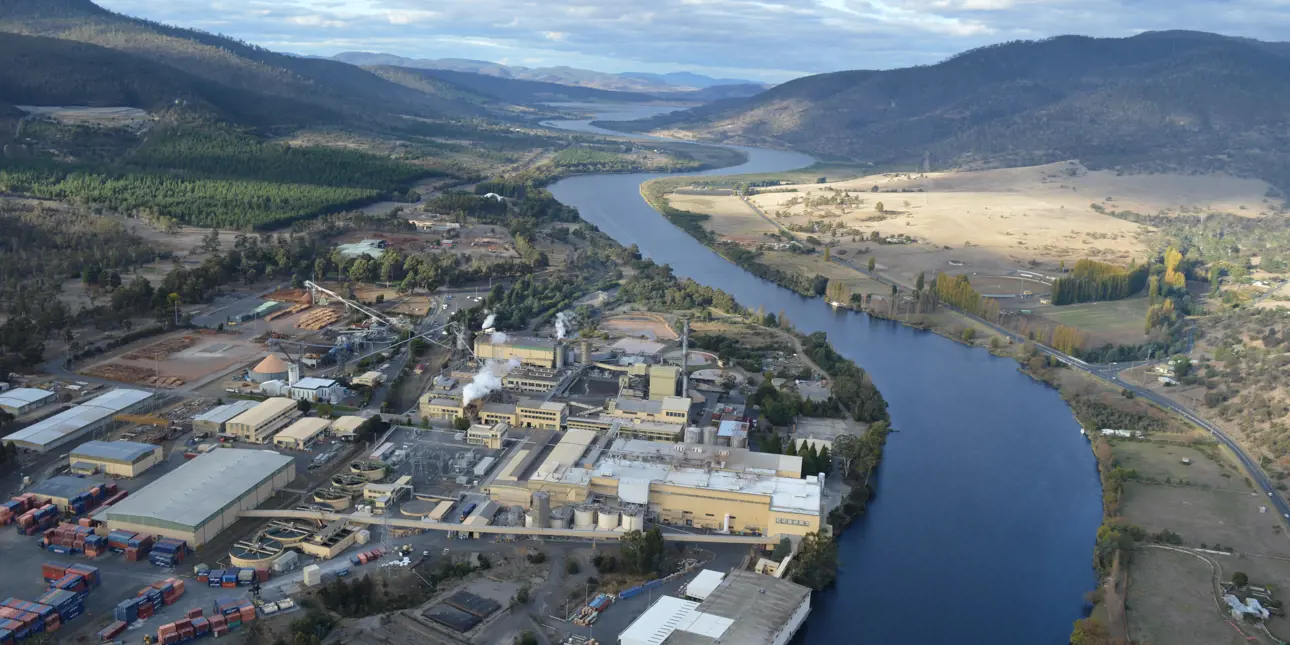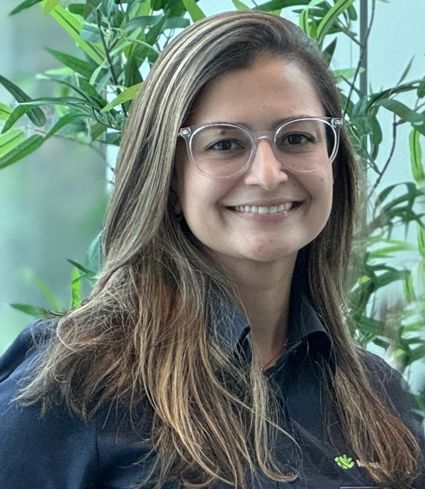Updated screening system improves pulp quality at Norske Skog Boyer
May 6, 2024
Months of intensive research led Norske Skog Boyer to find the root cause of their undefined production challenges. The solution was to upgrade the pulp mill’s screening system, which immediately led to improved pulp quality and paper strength.

The history of the Boyer mill goes back respectable 82 years. Located on the island of Tasmania, Boyer was Australia’s first mill to produce newsprint paper in 1941. Today, Boyer is part of Norske Skog, and with the annual production of around 260,000 tonnes it remains the only publication paper mill still operating in the country.
Connected to the paper mill, Norske Skog operates a thermo mechanical pulping plant (TMP) covering everything from chip preparation, refining, steam recovery, fractionation, and fiber fraction treatment to bleaching and dewatering.
A tailored solution combines old and new equipment
A few years ago, the mill started to have challenges in their paper production.
The paper quality and especially the strength of the paper was not what we were expecting. As we compared the performance of our two pulp lines, TMP2 and TMP3, we noticed that there was a significant difference in the fiber fractionation between them. TMP3 had been equipped with Valmet’s FS370 screen earlier, and with that in-house reference it was an easy decision to invest in the same solution for TMP2,” says Ana Serna, Process Engineer at Norske Skog Boyer.

Considering the customer’s needs, budget and process target, Valmet’s proposal included utilizing the customer's existing D8 screen as well as a new FS370 screen.
“I’m happy with Valmet’s customized solution of combining our old equipment with new. As a result, we now have better fractionation, and with some further optimization in the entire reject refining section the pulp quality improved significantly. We have been able to reduce the need for imported kraft fiber and so improve the cost effectiveness of our production,” Serna says.
Intensive training ensured successful commissioning
The key to successful commissioning was the process training organized at the mill.
“Having new equipment many times means new ways of operating, and I truly appreciate having Valmet’s experts Graham McGill, Juhani Leppinen, Darren Walsh and Pasi Heinonen onsite discussing the changes with us. They were available for support throughout the project, but with face-to-face training, we got everyone onboard quickly. I would also like to highlight that the Valmet team has had the willingness to working as a team with our experts, Andrew Salter, Paul Banham and Matthew O’Connor, synergizing their diverse experiences spanning pulp production, research, and project management, thereby obtain the best results,” Serna says.
Today, the updated screening system works as designed, and the operators are capable of monitoring the process parameters for the optimal result.
“I think it’s very important to rely on the supplier’s support. In this case, Valmet provided the screen, but their expertise and recommendations related to the entire screening process made the difference,” Serna concludes
Safety was the top priority during the installation
Ana Serna highlights the shared safety targets in the project.
The construction and installation phase of the project ran without any incidents or accidents, which is always the most important measure of a project’s success,” she says.
“The other key factors for success were Valmet’s excellent technical support and the good cooperation and communication within the entire project team. This was my first time cooperating with Valmet, and it was really a good experience overall,” she continues.

Text: Marianne Valta, Daisy Yang, Miia Kaisanlahti, Kerstin Eriksson, Anne-Beatrice Paloheimo-Seppänen
Photos: Appita - The Australasian Pulp and Paper Technical Association
Norske Skog Tasmania

